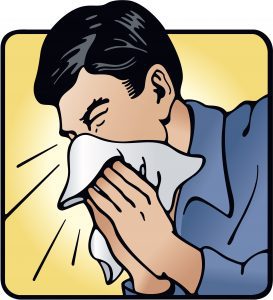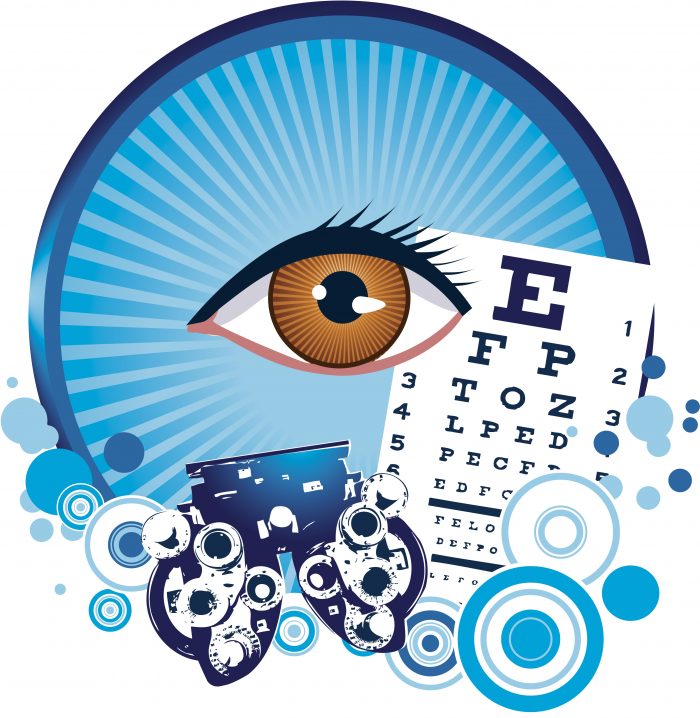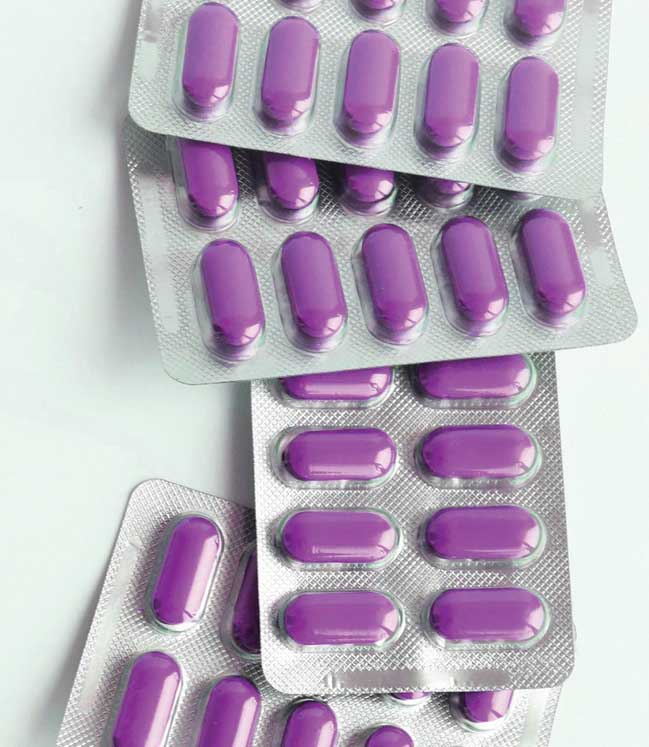By David Dunaief, M.D.

Erectile dysfunction (ED) is a very common problem with a stigma. In fact, I have had several patients who resisted telling me they suffered from this malady. Because it can be a symptom of other diseases, it is crucial that you share this information with your doctor.
ED affects approximately 1 in 10 men on a chronic basis. If it occurs less than 20 percent of the time, it is normal; whereas if it occurs more than 50 percent of the time, there is a problem that requires therapy, according to the Cleveland Clinic (1).
There are oral medications for ED. You’ve probably seen ads for them everywhere. Its prevalence has led pharmaceutical companies to saturate the airwaves, especially during sporting events. Approved medications include sildenafil (Viagra, or the “little blue pill”), tadalafil (Cialis), vardenafil (Levitra, Staxyn), and avanafil (Stendra). These drugs work by affecting the endothelium, or inner layer, of blood vessels and causing vasodilation, or enlargement of blood vessels, which increases blood flow to the penis. Unfortunately, this does not solve the medical problem, but it does provide a short-term fix for those who are good candidates for treatment.
ED’s prevalence increases with age. In a multinational MALES study, ED affected 8 percent of those aged 20-30 and 37 percent of 70-75-year-olds (2). What was surprising was that advanced age had the least association with ED, increasing the odds by only five percent. So, what contributes to the rest of the increase as we age? Disease processes and drug therapies.
What is the relationship between medical conditions and ED?
Chronic diseases significantly contribute to ED. The opposite may also be true; ED may be a harbinger of disease. Typical contributors include metabolic syndrome, diabetes, high blood pressure, cardiovascular disease and obesity. In the Look AHEAD trial, ED had a greater than two-fold association with hypertension and a three-fold association with metabolic syndrome (3). In another study, ED was associated with a 2.5-times increase in cardiovascular disease (4).
A randomized clinical trial (RCT) showed that patients with ED had significantly more calcification, or atherosclerosis, in the arteries when compared to a control group (5). They were more than three times as likely to have severe levels of calcification. They also had more inflammation, measured by C-reactive protein.
How do medications contribute to ED?
About 25 percent of ED cases are thought to be associated with medications, such antidepressants; NSAIDs, such as ibuprofen and naproxen sodium; and hypertension medications. Unfortunately, the most common antidepressant medications, SSRIs, have the greatest impact on ED of all antidepressants.
The California Men’s Health Study, with over 80,000 participants, showed that there was an association between NSAIDs and ED, with a 38 percent increase in ED in patients who use NSAIDs on a regular basis (6). The authors warn that patients should not stop taking NSAIDS without consulting their physicians.
Also, high blood pressure drugs have a reputation for causing ED. Beta blockers were thought to be the main culprit. A meta-analysis of 42 studies showed that beta blockers have a small effect, but thiazide diuretics (water pills) more than doubled ED, compared to placebo (7).
How does diet affect ED?
The Mediterranean-type diet has been shown to treat and prevent ED, improving one’s health and sex life at the same time. It’s the green leafy alternative to the little blue pill. The foods are rich in omega-3 fatty acids and high in monounsaturated fats and polyunsaturated fats, as well as in fiber. Components include whole grains, fruits, vegetables, legumes, walnuts, and olive oil.
In two RCTs lasting two years, those who followed a Mediterranean-type diet saw improvements in their endothelial functioning (8, 9). They also had reduced inflammation and decreased insulin resistance.
In another study, men who had the greatest compliance with the Mediterranean-type diet were significantly less likely to have ED, compared to those with the lowest compliance (10). Even more impressive was that the group with the highest compliance had a 37 percent reduction in severe ED versus the low compliance group.
A study of participants in the Health Professionals Follow-up Study looked more closely at both the Mediterranean-type diet and an Alternative Healthy Eating Index 2010 diet, which emphasized consuming vegetables, fruits, nuts, legumes, and fish or other sources of long-chain fats, as well as avoiding red and processed meats (11). At this point, it probably won’t surprise you to hear that the greater participants’ compliance with either of these diets, the less likely they were to experience ED.
Therefore, it is important to bring ED to the attention of your physician.
There are very effective lifestyle alternatives to oral medication that provide positive overall health effects and treat associated chronic diseases, while also helping patients eliminate medications that contribute to ED.
References:
(1) clevelandclinic.org. (2) Curr Med Res Opin. 2004;20(5):607. (3) J Sex Med. 2009;6(5):1414-22. (4) Int J Androl. 2010;33(6):853-60. (5) J Am Coll Cardiol. 2005;46(8):1503. (6) Medicine (Baltimore). 2018 Jul;97(28):e11367. (7) JAMA. 2002;288(3):351. (8) Int J Impot Res. 2006;18(4):405-10. (9) JAMA. 2004;292(12):1440-6. (10) J Sex Med. 2010 May;7(5):1911-7. (11) JAMA Netw Open. 2020 Nov 2;3(11):e2021701.
Dr. David Dunaief is a speaker, author and local lifestyle medicine physician focusing on the integration of medicine, nutrition, fitness and stress management. For further information, visit www.medicalcompassmd.com or consult your personal physician.





 One of the studies, published in the Journal of Infectious Disease, found that zinc reduced the duration of the common cold by almost 50 percent from seven days to four days, cough symptoms were reduced by greater than 60 percent, and nasal discharge was reduced by 33 percent (2). Researchers used 13 grams of zinc acetate per lozenge taken three-to-four times daily for four days. This translates into 50-65 mg per day.
One of the studies, published in the Journal of Infectious Disease, found that zinc reduced the duration of the common cold by almost 50 percent from seven days to four days, cough symptoms were reduced by greater than 60 percent, and nasal discharge was reduced by 33 percent (2). Researchers used 13 grams of zinc acetate per lozenge taken three-to-four times daily for four days. This translates into 50-65 mg per day.








